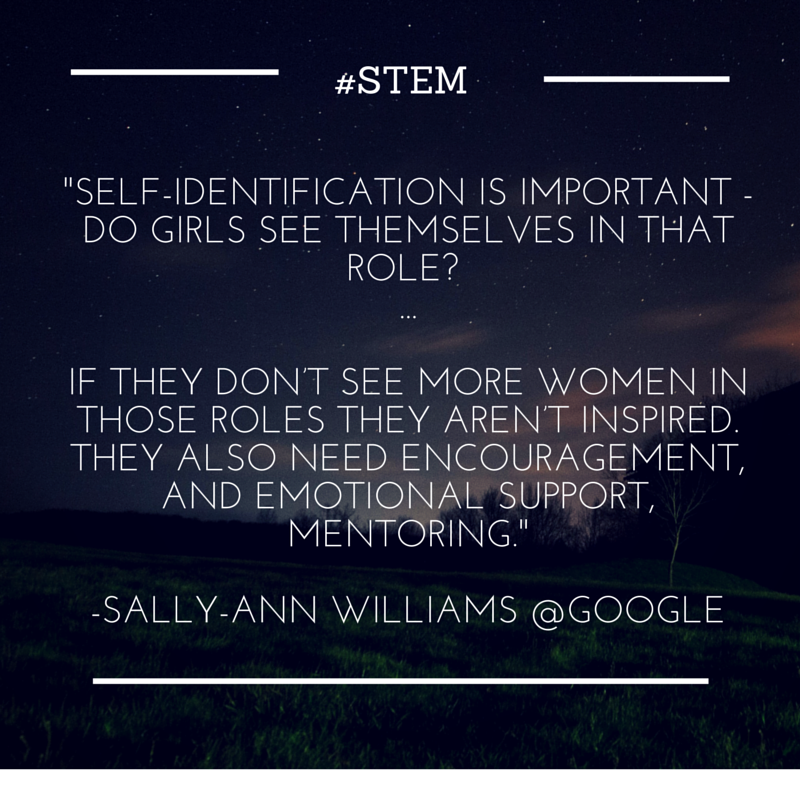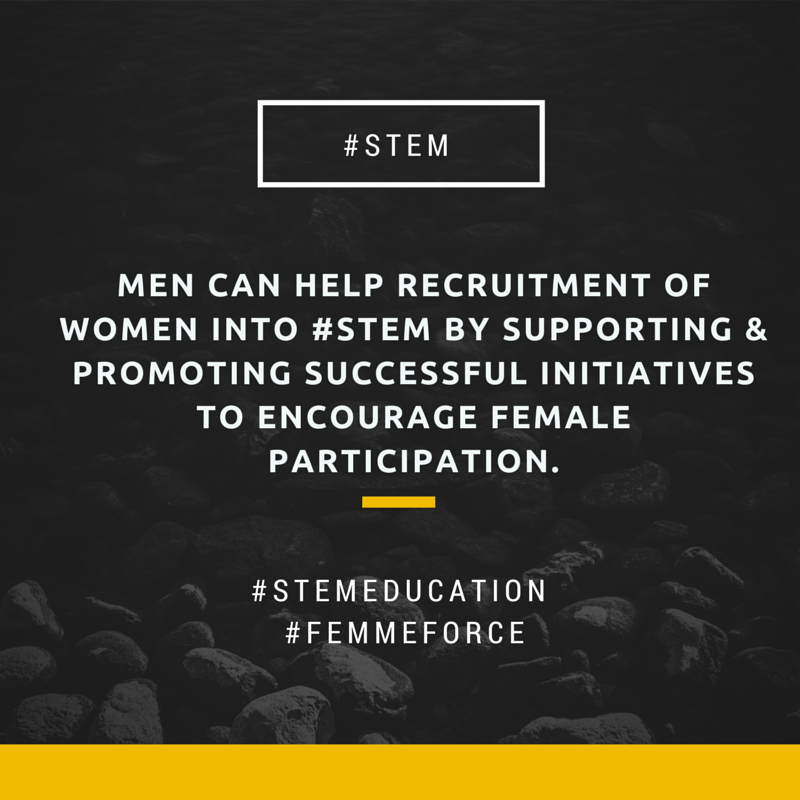
Get your FREE 30-day trial.
Start by selecting a product:
I was surprised but excited to read recently that Australia is hiring women in tech faster than any other country.1 This is great but in the STEM segment - Science, Technology, Engineering and Manufacturing - female representation is still lagging.
STEM is predicted to provide a significant percentage of future job opportunities. So we need to ensure not only that woman can take advantage of these opportunities but that these industries can benefit from a diverse workforce.
We decided to tackle this topic in our latest Femmeforce panel discussion, and were thrilled to be joined by four pioneers of female participation in STEM:
Sally-Ann Williams - Engineering Community and Outreach Manager, Google @Google @googledownunder
Luan Heimlich - Educator, First, Macquarie University (@Macquarie_Uni)
Heather Catchpole - Founder & Creative Director, Refraction Media. (@hcatchpole) (@RefractionAus)
Alex Bannigan - Communications and Development Manager - Women in Engineering, UNSW
It was a passionate debate about the challenges, with the panel outlining a clear call to action on how to attract more females into STEM.
Parents/schools assisting girls’ self- identification. We need to convince girls that STEM is an attractive option and identify the potential in them. Too often girls feel the pressure to conform to the stereotypical norm. A couple of the panelists admitted that it wasn't until they had mentors suggest STEM that they considered it an option. Parents and teachers need to be able to recognise the potential for STEM in young girls and encourage and nurture it.
More female role models in STEM. Women who have succeeded in STEM roles need to be mentors for young girls. All the panelists talked of females who had been role models for them and how important it had been. Breaking the norm is hard and the more support you have the easier it becomes.

More female representation - visually. All the panelists agreed that it is hard to walk across a floor of male programmers, or a lab of male scientists, and feel you belong as a woman. It is even harder to enter a male-dominated boardroom and feel confident that your view will be taken seriously. This is why it is so important that organisations adopt a diverse hiring policy to create inclusivity. Short term quotas like the one instituted here at Salesforce2 can help to start addressing this issue.
Improving the image of STEM. The #distractinglysexy campaign did a lot for female participation in STEM. It illustrated what life is like as a woman in STEM. We need to see more images of women in Hazchem outfits, overalls and lab-coats so that girls have something to relate to and aspire to. Because the typical view of a scientist is of a man in a beard with crazy hair, girls don't feel they can "fit the bill".
There’s a lot of momentum around this topic right now. But it has to be more than just talk. We need to act. - parents, teachers and those in positions of leadership, both male and female. I dont know about you but I certainly want my children to enter a more inclusive and diverse workplace, and I would love my daughter to consider STEM as an exciting, attractive and acceptable option.
Twitter was a popular place to discuss all things #stem and #femmeforce:


Source:
1. "Australia is Fastest Growing for Women in Tech" - CIO
2. "All important meetings at Salesforce must include at least 30% women, says CEO" - Business Insider